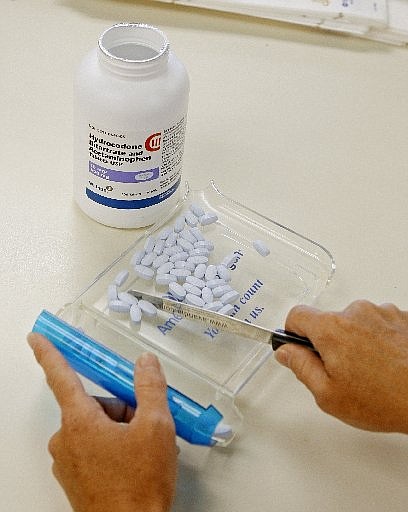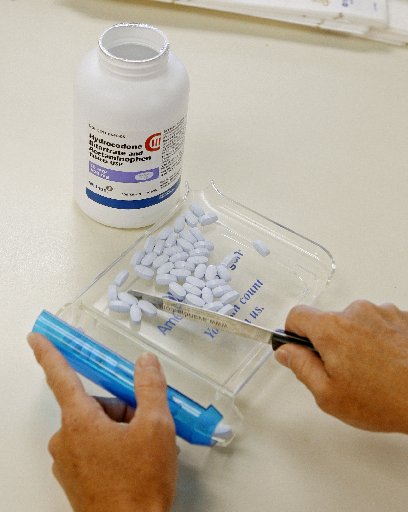BY THE NUMBERSHealth care spending by category in Tennessee, 2005-2010:• Hospital inpatient: 16.2 percent• Hospital outpatient: 29.7 percent• Physicians: 36.4 percent• Pharmacy: 15 percent• Other: 2.7 percentSource: BlueCross BlueShield of Tennessee
With the cost of prescription drugs rising at three times the rate of inflation, a new study says federal regulators need to consider cost and effectiveness before new drugs are released.
But the Pharmaceutical Research and Manufacturers of America group argues that prescription drug costs are rising more slowly than other health care costs and comprise only a small portion of overall health care costs.
Tennessee, which ranked third in the nation in the average number of drugs prescribed per capita in 2009 according to the study, is especially hard hit by the rising costs. The state dropped to third place in 2009 after ranking first in total prescriptions per capita for years, the study says.
Drugs costs continue to rise despite the increasing switch to generic brands, which are usually cheaper, Dr. Steven Coulter, president of the BlueCross BlueShield of Tennessee Health Institute, said in a study released Thursday.
The costs of brand-name drugs also are rising faster than generic brands. In Tennessee, brand-name drug prices increased more than 25 percent in the last two years, while generics overall increased 15 percent.
"Every system needs checks and balances for it to work properly and right now it is basically run by pharmaceutical companies," Coulter said Thursday. "Ideally, doctors could make those decisions, but doctors are not trained in medical economics. These are very complex evaluative techniques."
Randy Burkholder, associate vice president of policy at the Pharmaceutical Research and Manufacturers of America, said the study misdiagnoses the problem of overall health care costs.
"Drugs costs have been increasing at a lower rate for more than a decade and continue to be a smaller part of the market basket of health care," Burkholder said.
The study says the drug market is being flooded with specialty pharmaceuticals and "Me-Too" drugs that bring no added benefit to patients already on a drug treatment plan. Specialty drugs make up about 20 percent of drug spending and are expected to comprise 40 percent in three years, the study says.
"While these drugs represent breakthrough therapies for under- or untreated diseases and can be lifesaving or life-prolonging, they are very costly, sometimes prohibitively expensive," the study says.
The Federal Drug Administration evaluates drugs for safety and effectiveness, but only against placebos, not against drugs already on the market, Coulter said.
The Centers for Medicare and Medicaid Services only looks to see if a drug provides reasonable and available treatment.
As a result, there may be four drugs equally effective drugs on the market, but one may cost more than twice as much as the rest.
"Usually supply and demand take care of price differences, but because 86 percent of prescription drugs are not paid for by the person using them, there is a complete disconnect," Coulter said. Most drug costs are covered by insurance, Medicare or Medicaid, he noted.
Burkholder said the study assumes that all patients respond to drugs the same way, when one drug may be better for one patient and a more costly drug may help another.
The recently passed federal health care act provides about $500 billion in funding for comparative effectiveness research among drugs.
However, the law also prevents the Centers for Medicare and Medicaid Services from using the results of those studies to determine coverage.
Congress should change the law, Coulter said.
He said he does not promote a system such as in the United Kingdom, where a less-effective drug may be recommended because it is less costly. Drugs that work better should be used and innovation should be encouraged, he said.
But Burkholder said using cost-effective analysis suppresses medical progress and sometimes it may take years for the full value of a medication to emerge.
"It is our goal to predict, pre-empt and prevent disease," he said. "Doing that will provide the least costly treatment."

